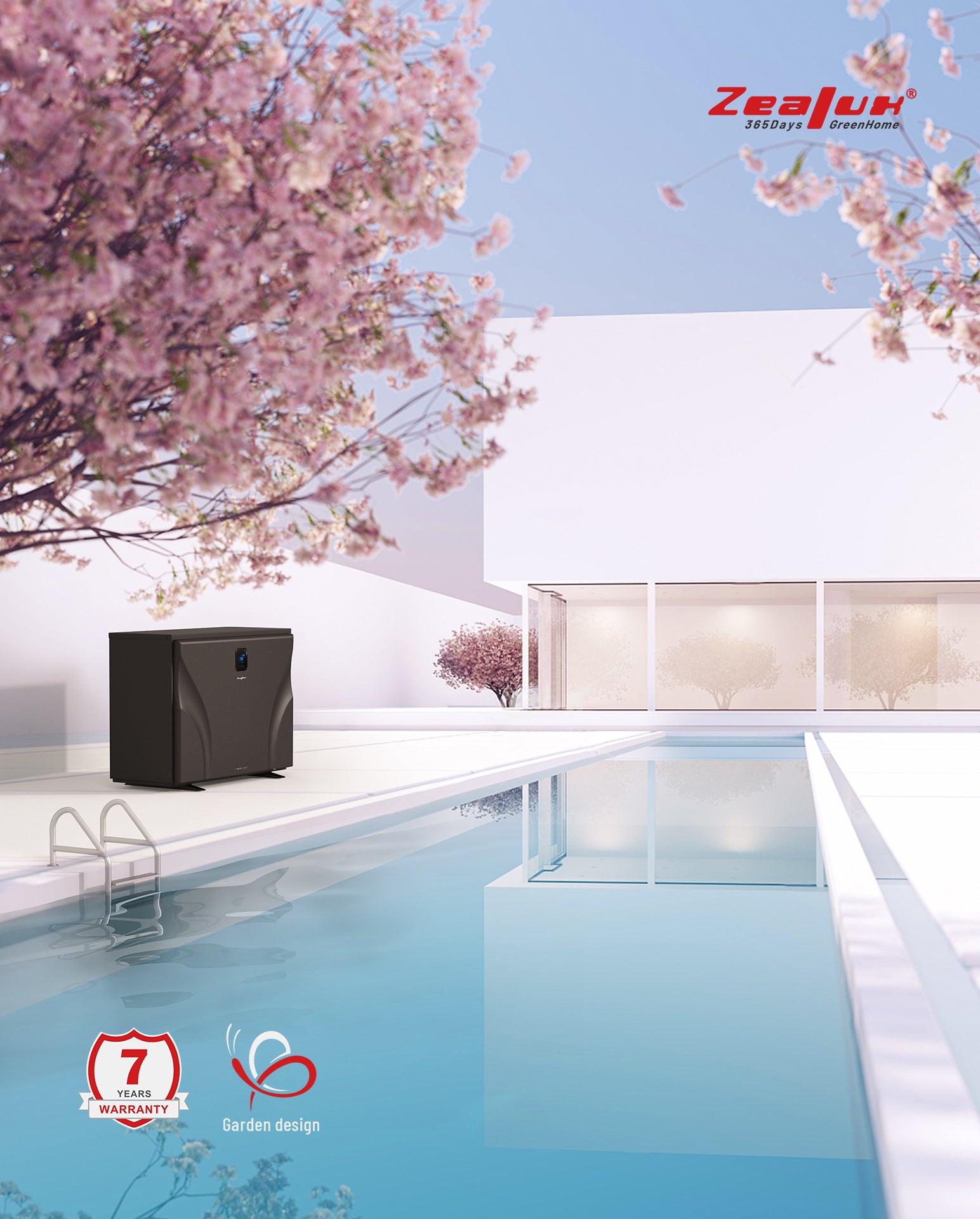Swimming is a refreshing and enjoyable activity, whether you're taking a dip in a pool, lake, or ocean. However, it's crucial to prioritize safety to prevent accidents and ensure a pleasant experience for everyone involved. Whether you're a seasoned swimmer or just dipping your toes in the water, these tips will help you stay safe and confident in any aquatic environment.
1. Learn to Swim
The first and most important step in swimming safety is learning how to swim proficiently. Enroll yourself and your children in swimming lessons taught by certified instructors. These lessons not only teach essential swimming skills but also cover water safety techniques such as floating, treading water, and recognizing dangerous situations.
2. Supervise Constantly
Never swim alone, and always supervise children near water, even if they know how to swim. Designate a responsible adult to keep watch at all times, especially in crowded pools or open water settings where visibility might be limited. Avoid distractions like phones or reading materials while supervising, as every second counts in an emergency.
3. Know Your Limits
Understanding your swimming abilities and physical limitations is crucial for staying safe in the water. Don't attempt to swim beyond your skill level or endurance capacity, and never engage in breath-holding contests or other risky activities that can lead to shallow water blackout or drowning.
4. Respect Water Conditions
Be aware of the current water conditions before entering any body of water. Check for signs warning of dangerous currents, rip tides, or hazardous marine life. If swimming in open water, such as the ocean or a lake, familiarize yourself with the area's topography and potential hazards before diving in.
5. Wear Appropriate Gear
Always wear appropriate swimwear when swimming, avoiding loose clothing that can impede movement or become entangled in underwater obstacles. Additionally, consider wearing a U.S. Coast Guard-approved life jacket, especially if you're not a strong swimmer or if swimming in open water where currents can be unpredictable.
6. Practice Sun Safety
Protect your skin from harmful UV rays by applying waterproof sunscreen with a high SPF before swimming, even on cloudy days. Reapply sunscreen every two hours, or more frequently if swimming for extended periods. Wearing a wide-brimmed hat and UV-protective sunglasses can also provide additional sun protection.
7. Stay Hydrated
Swimming can be deceptively strenuous, leading to dehydration if not properly hydrated. Drink plenty of water before, during, and after swimming to maintain optimal hydration levels. Avoid alcoholic beverages, as they can impair judgment and increase the risk of accidents in the water.
8. Be Cautious Around Pool Drains
Pool drains and suction outlets can pose a serious safety hazard, especially for young children. Teach children to stay away from pool drains and never to play or swim near them. Additionally, ensure that pools are equipped with proper drain covers and safety mechanisms to prevent entrapment incidents.
9. Know Emergency Procedures
Familiarize yourself with emergency procedures and rescue techniques, such as CPR and basic first aid. Keep a phone or other communication device nearby in case of emergencies, and know how to quickly and accurately relay your location to emergency responders if needed.
10. Follow Pool Rules and Signs
Whether swimming in a public pool, private pool, or natural body of water, always adhere to posted rules and signs. These regulations are in place to protect swimmers and ensure a safe and enjoyable swimming experience for everyone. Ignoring posted warnings or rules can lead to accidents or injuries.
11. Buddy System
Swimming with a buddy is an effective way to enhance safety in the water. Choose a swimming partner who is at a similar skill level and agrees to keep an eye on each other throughout the swimming session. The buddy system ensures that help is readily available in case of an emergency, and it provides an extra layer of support and encouragement during swims.
12. Check Weather Conditions
Before heading out for a swim, check the weather forecast to ensure safe swimming conditions. Avoid swimming during thunderstorms, as lightning poses a significant risk of electrocution and injury. Pay attention to wind speed and direction, as strong winds can create hazardous waves and currents, especially in open water environments. If inclement weather is forecasted, consider postponing your swim or choosing a safer location for aquatic activities.
13. Be Mindful of Exhaustion
Swimming can be physically demanding, especially for inexperienced swimmers or those swimming in challenging conditions. Watch out for signs of fatigue or exhaustion, such as muscle cramps, heavy breathing, or difficulty staying afloat. Take regular breaks to rest and hydrate, and listen to your body's signals to avoid overexertion. If you feel tired or unwell while swimming, exit the water immediately and seek assistance if necessary.
14. Utilizing Swimming Pool Heat Pumps:
In the realm of swimming safety, maintaining appropriate water temperature is crucial for comfort and enjoyment. Swimming pool heat pump offers a reliable solution for regulating water temperature, ensuring that swimmers can enjoy safe and comfortable swimming conditions year-round. By utilizing ambient air temperature, these devices provide consistent heating without relying on fossil fuels or direct sunlight, promoting energy efficiency and environmental sustainability. Proper installation and maintenance of swimming pool heat pumps are essential aspects of ensuring a safe and enjoyable swimming experience, complementing other safety measures such as supervision, knowledge of swimming techniques, and adherence to pool rules and regulations. If you are interested in a pool heat pump, feel free to contact Zealux Heat Pump Supplier for expert guidance and reliable products that prioritize both safety and efficiency. By incorporating swimming pool heat pumps into your pool maintenance routine, you can enhance swimming safety while minimizing environmental impact and maximizing comfort for all swimmers.
Conclusion
By incorporating swimming pool heat pumps and following these additional safety measures into your swimming routine, you can further minimize the risk of accidents and injuries while enjoying the water. Remember that swimming safety is a collective responsibility, and everyone in the swimming community, including heat pump manufacturers, plays a role in promoting a culture of awareness and preparedness. With proper planning, supervision, and mindfulness, swimming can remain a safe and enjoyable activity for people of all ages and abilities.
tag: air to water heat pump manufacturers , air to water heat pump system , air to water heating system , wärmepumpen hersteller vergleich, schwedische wärmepumpen hersteller, wärmepumpe anbieter vergleich, großwärmepumpen hersteller, wärmepumpe schweizer hersteller, wärmepumpen hersteller weltweit, marktführer wärmepumpen, wärmepumpen vergleich hersteller, wärmepumpe marktführer







